By Rabbi Yair Hoffman for 5tjt.com
A colleague, a scion of an illustrious Hasidic family line, is about to undergo a hip replacement operation. The question? Does the hip or hip part that needs to be replaced require burial?
The answer? It seems that it is, in fact, a machlokes – a debate in halacha. And although it is a debate as to whether it is an actual obligation, the practice, it seems is to do it, at least for an entire bone that is deemed an aiver – a whole limb– perhaps because it is an obligation or perhaps because of a side-reason – so that Kohanim do not stumble. Most Poskim, however, do not require burial if it is just a partial bone.
But let’s start at the beginning. The Gemorah in Kesuvos 20b records that one must be wary of mounds that are adjacent to cemeteries because Mukas Shchin people (people suffering from boils) bury their withered arms within such mounds. [The Gemorah also discusses women who buried fetuses that had miscarried there.]
THE SIMPLE READING
The simple reading of this Gemorah is that there is, indeed, an obligation to bury a limb that was removed during one’s lifetime. [Perhaps the term should be called aiver min hahuman chai].
The Noda BiYehuda (MT YD #29), however, gives a different explanation. He writes that the reason they buried their withered arms in those mounds was so that Kohanim do not stumble – because they would become impure if they came across a human limb.
We find that this is also the view of the Shvus Yaakov Vol. II Siman 101, and the Rashash in his chiddushim to Gittin 21b, Rav Moshe Sternbuch in Teshuvos v’Hanhagos Vol. I #877 and Rav Dovid Tzvi Hoffmann in Melamed L’ho’il #118.
Rav Ovadiah Yoseph in Yabia Omer Vol. III YD #22 “Akain” rules that Aiver min haHuman chai does not require burial.
THE OPPOSING VIEW
There is a Midrash in Bereishis Rabba 60:3 regarding Yiftach who did not go to consult with Pinchas regarding releasing his vow that effected his daughter. The Midrash explains that he was consequently punished with losing limb after limb and was obligated to bury them in different places. This is indicated in the pasuk (Shoftim 12:7) , “vayikaver b’arei Gilaad” – that he was buried in the cities of Gilaad. Generally speaking, people are buried in just one city – not in a number of them. The Yad HaMelech [Hilchos Aveilus 2:14] cites this Midrash as an indication that there is a full obligation of burying an aiver min haHuman Chai.
The Tzitz Eliezer (Vol. X 25:8), however, writes that we do not bring halachic proofs from Midrashim and he dismisses the Yad HaMelech’s proof.
RAV NOSHE FEINSTEIN’S VIEW
Rav Moshe Feinstein zt”l (Igros Moshe YD Vol. III #141) holds that, in fact, there is a full obligation to bury limbs. He cites a proof to his position from the Gemorah in Nazir 43b. There, the Gemorah has a drasha that the Kohain becomes impure to her [his wife] but not to her limb. From the fact that there was a necessity for this drasha, one perforce must say that there is an obligation to bury a limb. For if under such circumstances he would be exempt – then it would be obvious that he would not be forced to become impure for an aiver min haHuman chai. This is because a Kohain can only become impure to his relatives for the needs of burial and not for other reasons (See SA YD 173:5).
[The proof is not entirely clear to this author because the Mechaber cites two opinions, and opts for the more permissive one. Perhaps Rav Moshe’s proof lies in the fact that both opinions must fit into the Gemorah.] Regardless, he concludes in this responsum that the full obligation is only when there are three elements: bone, flesh, and veins. He, therefore, concludes that the intestines, the kidney and the spleen do not require burial.
POSSIBLE CONTRADICTION IN RAV MOSHE’S WRITINGS
Interestingly enough, in Igros Moshe YD Vol I #231, Rav Moshe seems to conclude that there is an obligation of burial even when there is just flesh. Sadly, Reb Dovid Feinstein zt”l is no longer around to help clarify what Rav Moshe’s opinion was. This author would like to suggest that the YD Vol I responsa means only when the flesh also contains a reviis of blood and the Volume III responsa refers to any amount of flesh. The problem with this approach is that the spleen would likely have a reviis of blood in it. Perhaps we can say that he was referring to tinier spleens.
POSKIM WHO HOLD THAT THE MINHAG IS TO BURY – REGARDLESS
Rav Yehoshua Leib Diskind in his Responsum in the Kuntrus Acharon #186 writes that the Gemorah in Kesuvos does indicate that it is the minhag to bury limbs. This is also the conclusion of the Pachad Yitzchok in the entry entitled “Kvurah b”Karka.”
BUT WILL THE HOSPITALS ALLOW IT?
Another issue is that, generally speaking, hospitals do not release body parts to patients. What should be done is a Rabbi should write a letter to the hospital requesting that the Chevra Kadisha representative be permitted to pick up the limb for burial. The hospitals are generally accommodating. The Rabbi’s letter should include identifying information as to who the representative will be.
May the patient have a refuah shleima besoch shar cholei Yisroel. Amain!
The author can be reached at [email protected]

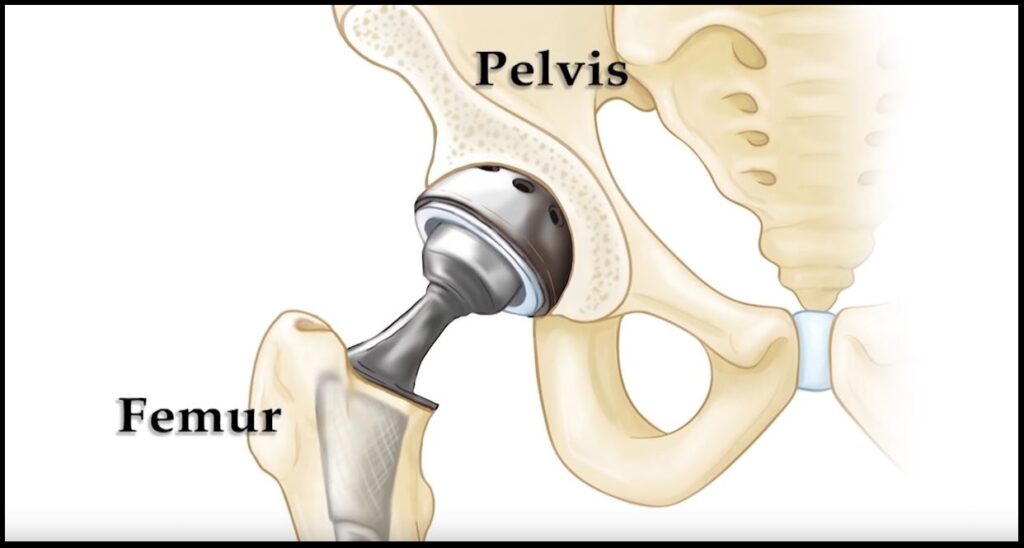




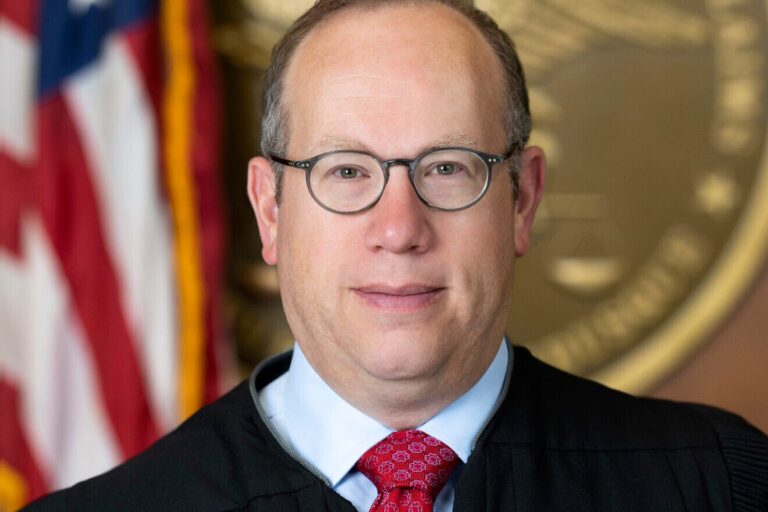
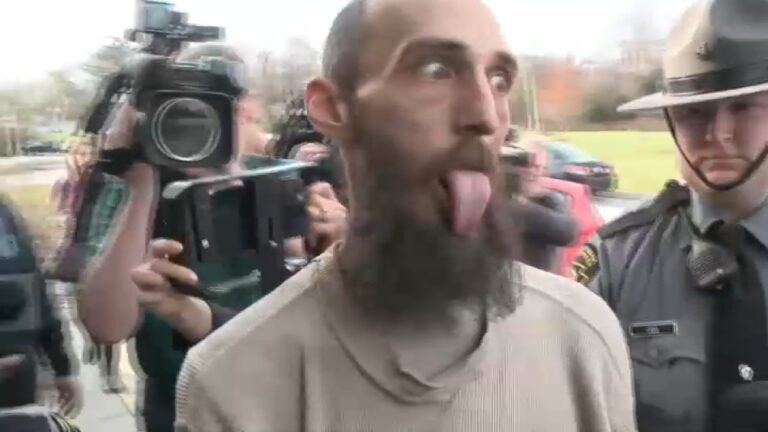


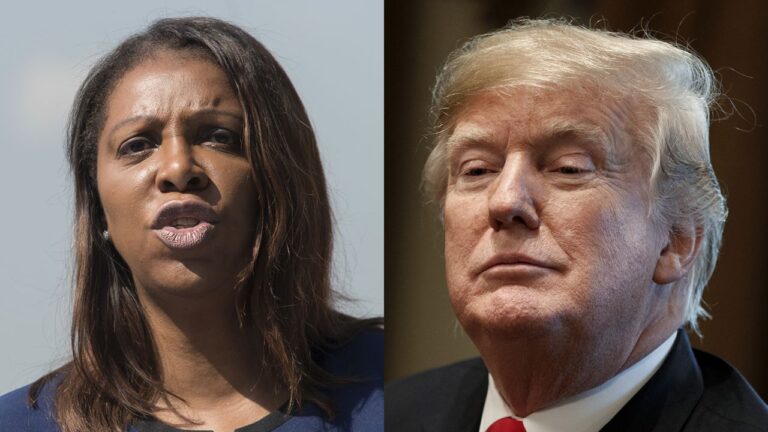
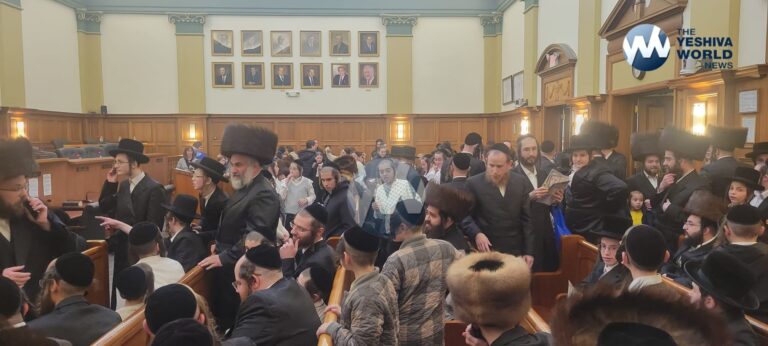
One Response
Rebbitzen Ruchoma Shain z”l wrote in one her popular books that she needed a knee replacement and asked a shayla about k’vura of the body part. She was told that no, it wasn’t necessary. Since she was the sister in law of Rav Chaim Scheinberg z”l, it’s open speculation whether she asked him or another posek.